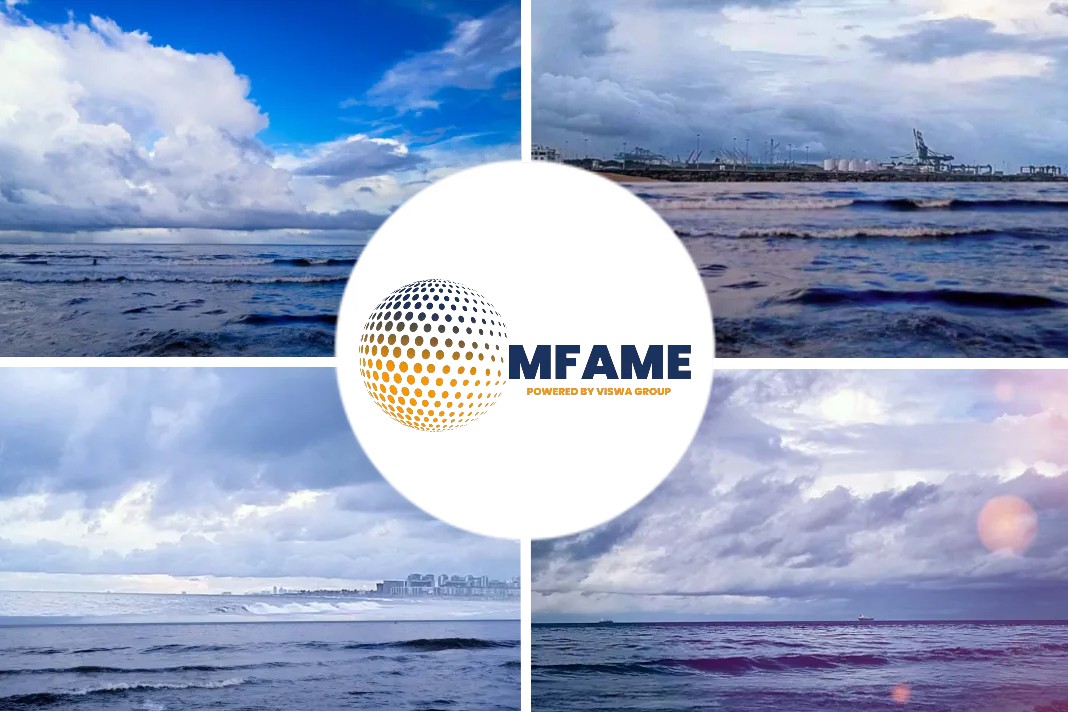- Outokumpu has signed a long-term time charter with the Finnish shipping business Langh Ship.
- The new structures will be designed to be multifunctional vessels.
- The goal of building cargo solutions was to enhance cargo capacity utilisation.
- The ships are as energy-efficient, ecologically friendly, and versatile as feasible.
- A dual-fuel main engine adapted to run on a variety of fossil-free fuels in the future.
Langh Ship has placed an order for three multipurpose dry cargo ships to service Outokumpu on the short sea channel connecting Finland and continental Europe as reported by Langh Ship.
Long-time charter
Outokumpu, a global leader in stainless steel and a pioneer in sustainability, has signed a long-term time charter for three new structures produced by the Wuhu shipyard in China with the Finnish shipping business Langh Ship. The first vessel will be delivered in mid-2023, with the other two following closely behind.
The new structures will be ice-class 1A and built for all-year transportation in the northern Gulf of Bothnia. The vessels will travel between Tornio, Finland, and Terneuzen, the Netherlands, where Outokumpu’s continental centre is located. The ships will transport semi-finished and final steel products to clients and to be processed further. The vessels will be laden with steel scrap on the back-haul, which is Outokumpu stainless steel’s key raw material.
Multi-functional cargo ships
The ordered vessels will be 7,800 tonnes deadweight, making them perfect for the necessary service frequency. The design was created by Langh Ship in partnership with Outokumpu and Shanghai Merchant Ship Design and Research Institute in China (SDARI). Langh Ship has three multifunctional cargo ships that are now chartered to Outokumpu and are uniquely outfitted for steel exports.
The new structures will be specifically designed for transporting steel, but they will also be multifunctional vessels capable of carrying a variety of cargo kinds to meet Outokumpu’s diverse needs. The principal product, stainless steel coils, travels safely between decks thanks to Langh Ship’s innovative pontoon-type coil cradle.
The goal of building cargo solutions was to enhance cargo capacity utilisation. In the end, this will achieve both objectives by further decreasing transportation emissions while being as cost-effective as possible.
Potential next-generation
By lowering emissions and complying with all known impending environmental laws, the vessels are meant to achieve Outokumpu’s lofty sustainability ambitions. The ships have dual-fuel engines that can run on a variety of fuels and may thus be adapted for potential next-generation propellants.
“These vessels have lower engine power than contemporary vessels due to their energy-efficient hull form. Despite this, they can carry more goods while maintaining the same service pace,” says Laura Langh-Lagerlöf, Langh Ship’s Managing Director.
“Outokumpu and Langh Ship worked closely together to develop the design.” The goal for both firms is to make the ships as energy-efficient, ecologically friendly, and versatile as feasible. Alternative fuels, shore power, and battery technologies will be available in the future, which these vessels are already prepared for, according to Eero Pajunen, Langh Ship’s Chief Operating Officer.
Adaptable engine
A dual-fuel main engine with a 4,500 kW output will be installed in the new structures. The vessels can be adapted to run on a variety of fossil-free fuels in the future. They will use liquefied natural gas (LNG) as an initial fuel, which may be directly replaced by liquefied biogas (LBG).
The LNG tank on the ship can handle both methanol and ammonia. Furthermore, the vessels are designed for the installation of onshore electricity, which would allow them to operate without emitting any emissions during port visits. There is also space set up for the installation of batteries, allowing hybrid solutions to be implemented.
The new structures are fitted with Langh Tech’s recently developed Ballast Water Management System to handle ballast water. Invasive organisms are no longer a threat thanks to the system.
Did you subscribe to our newsletter?
It’s free! Click here to subscribe!
Source: Langh Ship
















